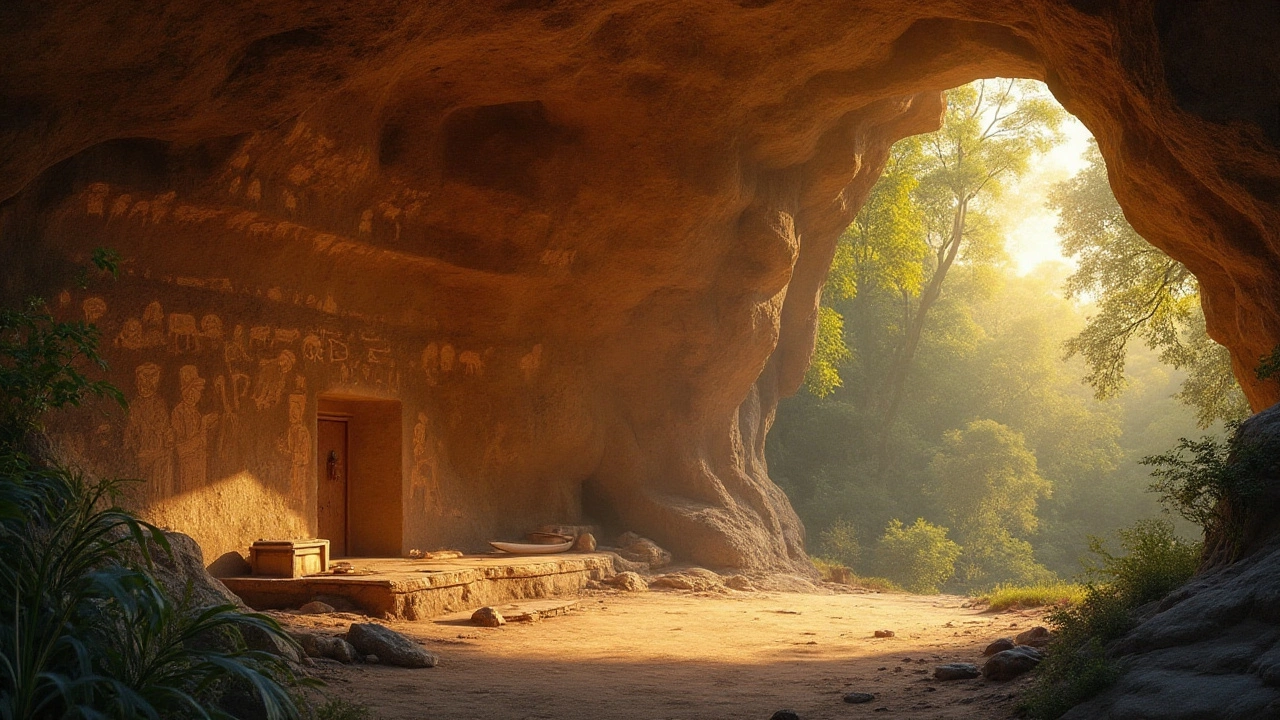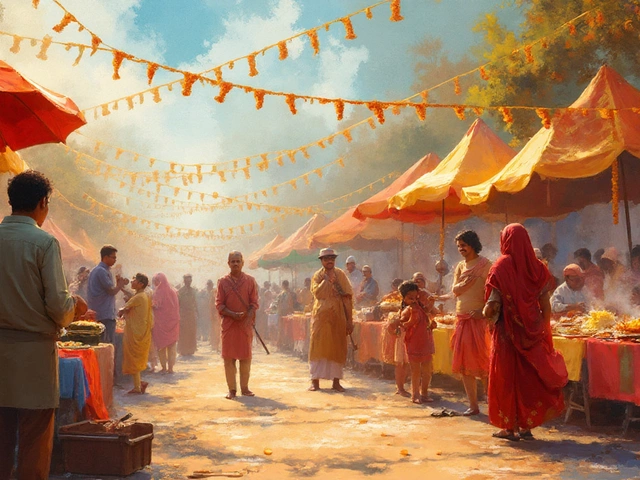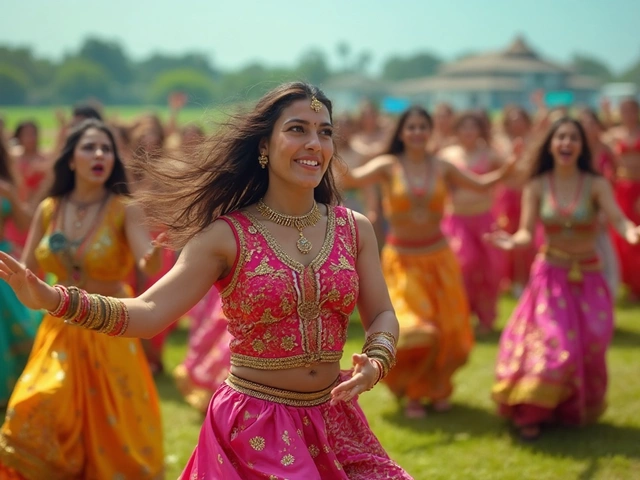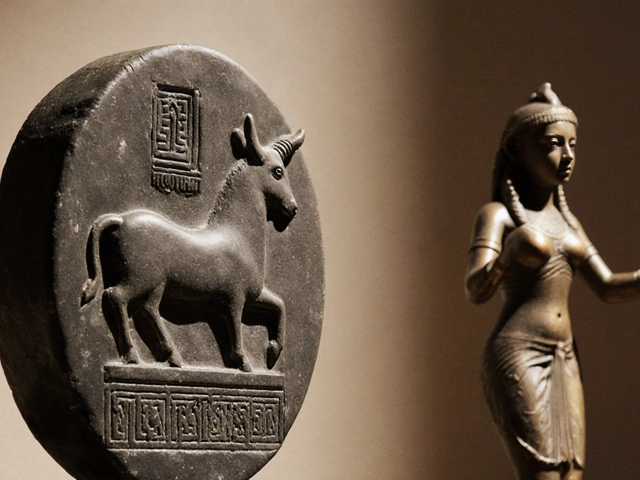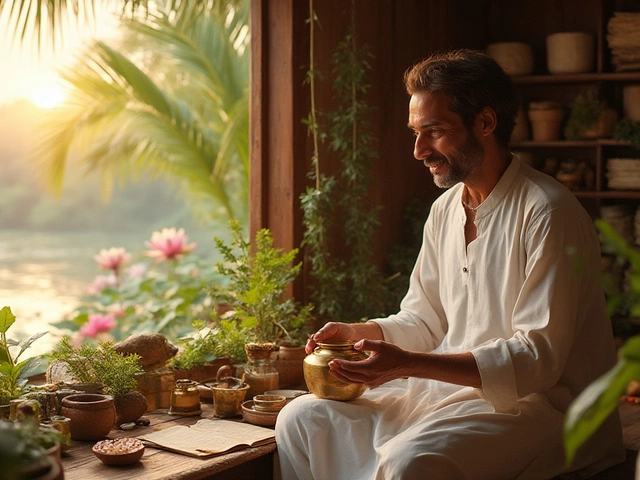Old Indian Drawings: Ancient Art, Folk Traditions, and Living Heritage
When you think of old Indian drawings, handmade visual stories from centuries past, often created for ritual, record, or beauty. Also known as traditional Indian art, these drawings aren’t just decorations—they’re living records of belief, identity, and daily life. Unlike Western art history, which often focuses on signed masters, India’s oldest drawings were made by unnamed hands: village women, temple artisans, tribal storytellers. They didn’t sign their work because their art wasn’t about fame—it was about meaning.
These drawings live on in places like Pithora painting, a sacred folk art from Gujarat where murals are painted as offerings to the deity Rido. Every line, color, and symbol tells a story—of harvests, ancestors, or prayers. You’ll find similar traditions in the rock shelters of Bhimbetka, where drawings over 30,000 years old show hunters, animals, and rituals. Then there’s the delicate inkwork of Mughal miniatures, where court artists captured courtly life in tiny, precise strokes. And don’t forget the terracotta figures from Bengal or the cloth paintings of Odisha—each style unique, each rooted in local soil and spirit.
What ties these together? They weren’t made for galleries. They were made for homes, temples, festivals, and rites of passage. A woman in Rajasthan might draw patterns on her walls during a wedding. A tribal elder in Chhattisgarh might sketch a spirit to ask for protection. These aren’t relics—they’re active parts of culture, still passed down today. Even modern artists in India draw inspiration from these old forms, blending them into new work without losing their soul.
You won’t find these drawings in textbooks as isolated artifacts. They’re part of a bigger picture: the rhythm of Indian life, where art and daily practice don’t just coexist—they depend on each other. That’s why you’ll see old Indian drawings in articles about ancient Indian art, the earliest visual expressions from the Indus Valley to Gupta sculptures, and why they show up in guides to Indian folk art, handmade crafts passed through generations, often tied to specific regions and rituals. They’re not just pretty pictures. They’re cultural DNA.
What you’ll find in the posts below isn’t a dry museum catalog. It’s real stories: how Pithora art is still painted today, why some ancient drawings were never meant to be seen by outsiders, and how a single brushstroke in a 500-year-old manuscript can still speak to someone in 2024. Whether you’re curious about the symbols, the materials, or the people behind them, these articles connect the dots between then and now. No fluff. Just the truth behind the lines.
